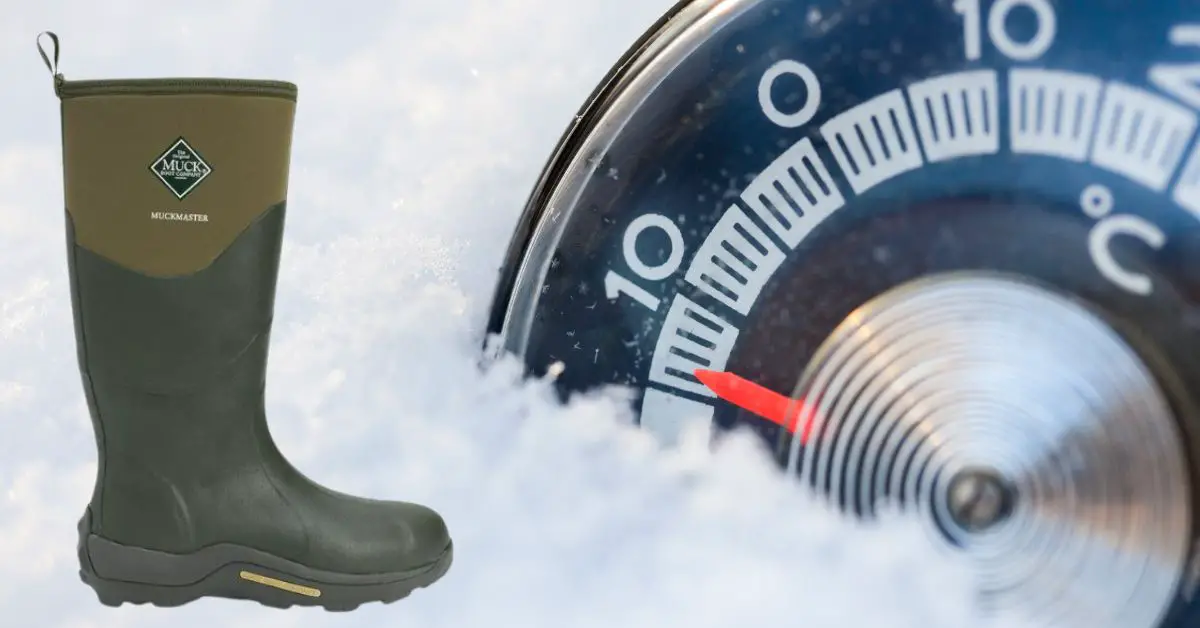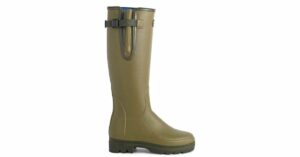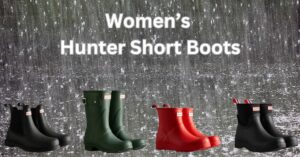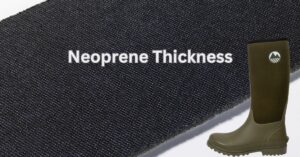Neoprene Lined Rain Boots For Cold Weather
When it comes to bracing against the elements, especially in cold and wet conditions, Neoprene Lined Rain Boots are often regarded as the ultimate savior for your feet. In this article, we will delve into what neoprene boots are, and discuss the manifold advantages they offer, along with the caveats to consider.
Understanding Neoprene Boots
Neoprene is a synthetic rubber created by polymerizing chloroprene. It’s known for its incredible durability, flexibility, and insulating properties. Neoprene lined rain boots are constructed with a lining of this material, which acts as an insulating layer between the foot and the outer material of the boot, usually made of rubber or leather.
Advantages of Neoprene Lined Rain Boots
1. Exceptional Insulation
Neoprene is an excellent insulator. The trapped bubbles within the material create a barrier that minimizes heat exchange, keeping feet warm even in extremely cold weather.
2. Waterproofing
These boots are typically waterproof. Neoprene itself is water-resistant, and when combined with a waterproof exterior, it offers double protection against moisture.
3. Durability
Neoprene is known for its durability and resistance to weathering, ozone, and UV rays. This means your boots will last longer, even with regular use in harsh conditions.
4. Flexibility
Despite its toughness, neoprene is also highly flexible. This flexibility ensures that the boots can conform to the feet and don’t restrict movement.
5. Allergy-Resistant
For those allergic to natural rubber, neoprene serves as an excellent alternative as it is hypoallergenic.
Best Neoprene Lined Boots
Disadvantages of Neoprene Lined Rain Boots
1. Breathability
One of the major drawbacks is that neoprene is not very breathable. This can cause feet to sweat and can be uncomfortable in warmer weather.
2. Weight
Neoprene lined rain boots can be heavier than boots lined with other materials, which can lead to fatigue if worn for extended periods.
3. Cost
The robust properties of neoprene make it a premium material. As such, rain boots lined with neoprene can be more expensive compared to other options.
4. Limited Styles
Due to the functional nature of these boots, there may be limited styles and designs available compared to more fashion-oriented boots.
Conclusion
Neoprene lined rain boots are an outstanding option for cold weather, providing unparalleled insulation, waterproofing, and durability. However, it’s important to consider the potential downsides, such as breathability, weight, cost, and style limitations. Weighing these pros and cons will enable you to make an informed decision based on your specific needs and preferences.







